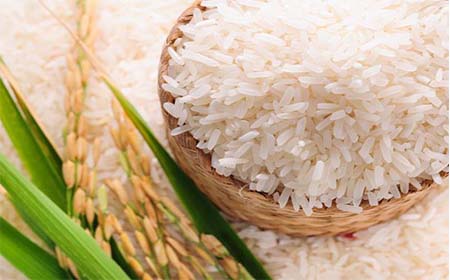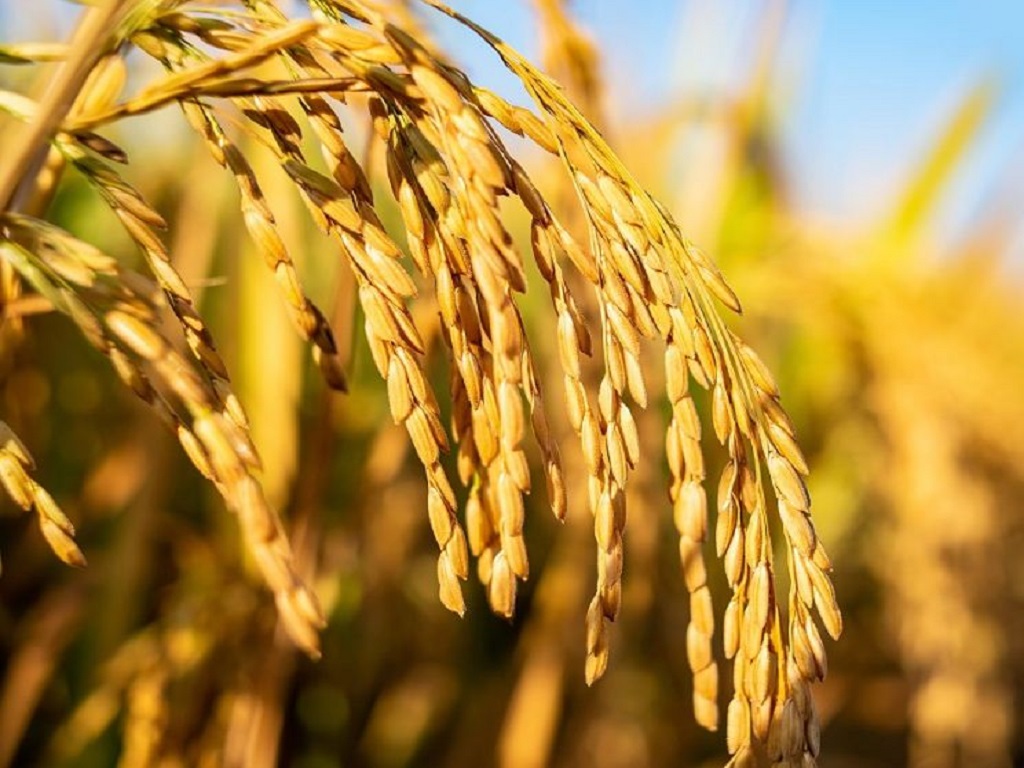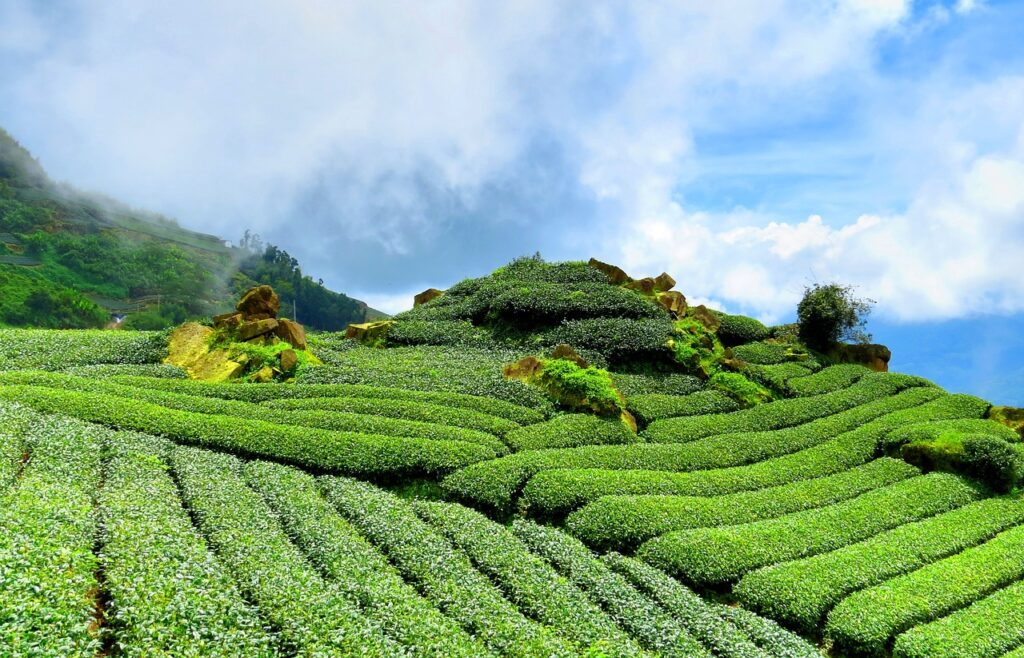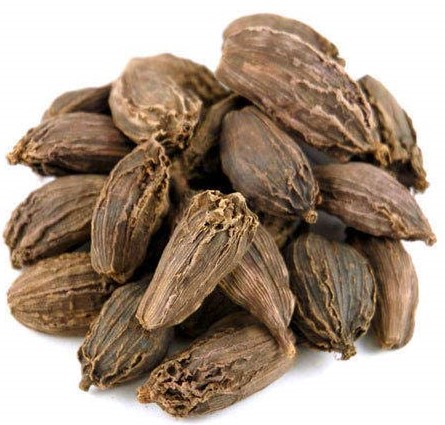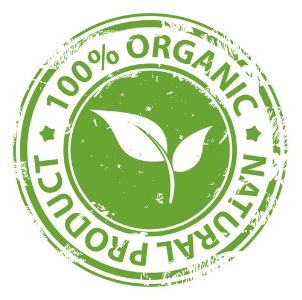Spices in India | Spice bowl of Cohere
“Spice Bowl of the World”, India has this identity in the International Spice Domain. The history of Indian spices is almost as old as the ‘human civilization of Spices ‘. Conquering tribes from Assyrians and Babylonians, Arabians, Romans, Egyptians, and the Chinese to the British and the Portuguese, all invaded India with one goal – to take advantage of the rich natural wealth, and Indian spices. The earliest written record in India on Spices is found in the Vedas – such as the Rig Veda (around 6000 BC) and the others – Yajurveda, Samaveda, and the Atharva. During the Vedic period information was primarily handed down orally from generation to generation through the medium of hymns. The Rig Veda contains references to various spices. There is also a reference to Black Pepper in the Yajur Veda.
Indian Spicy History
The mountains, tropical rain forests, wetlands, marshy woodlands, rich valleys, and green fields, all are rich in Indian spices. The history of Indian spices lies in the abundance and goodness of Mother Nature. Spices from China, Indonesia, India, and Sri Lanka (then Ceylon) were originally transported by land from one place to another by donkeys and camels in a caravan. For almost 5000 years the Arabs controlled the spice trade until the Europeans discovered a sea route to India. Thereafter sea route was the cheaper way to do the Spice trade. Ferdinand Magellan, Vasco da Gama, and Christopher Columbus are a few names of Sea Route explorers.
In 1497 the Portuguese Vasco da Gama discovered Kozhikode on the southwest coast of India 1498. He returned with a huge cargo of nutmeg, cloves, cinnamon, ginger, and peppercorns. Even in the ancient and medieval ages, the Indian spices played a significant role in strengthening its economic condition. The history of Indian spices narrates a long tale of trading with ancient civilizations. Spices were in great demand to preserve the flavor of food due to the lack of refrigeration and cold storage. Fierce competition among the giants to control the spice trade led to the colonization of India. The Portuguese, the Dutch, the French, the Spanish, and the British, all established monopolies over certain parts of the spice trade. Ultimately the British East India Company came to India, thereafter it’s better to go through the History Book.
Spice Board of India: 1987 start of New Era
With time, the trade grew in leaps and bounds. Subsequently, to administer the spice trade, the Government established the Spices Board of India in 1987. Kerala, Punjab, Gujarat, a few North East states, Uttar Pradesh, and several other states became the hubs for growing spices. Indian spices have a great role in flavoring food, medicines, pharmaceuticals, perfumes, and cosmetics. Today, Indian spices are the most sought-after globally, given their exquisite aroma, texture, taste, and medicinal value. India has the largest domestic market for spices in the world.
Traditionally, the small farmers grow spices in their small land holdings. Also, organic farming is getting prominence in recent times. India is the world’s largest producer, consumer, and exporter of spices; the country produces about 75 of the 109 varieties listed by the International Organization for Standardization (ISO) and accounts for half of the global trading in spices. The Spices Board of India works towards the development and worldwide promotion of Indian spices. It provides quality control and certification, registers exporters, documents trade information, and provides inputs to the central government on policy matters.
Look North East Region of India
Our Spice Bowl: Cohere Basket
The Promising Spices of North-East India
India is reckoned as the “Spice Bowl of the World”, for commanding a formidable position in the world spice trade. To compete with other spice-growing countries in the world spice market, propping up productivity and tapping the potentiality of nonconventional spice-growing areas is gaining importance.
North Eastern region of India, comprising Assam, Arunachal Pradesh, Manipur, Meghalaya, Mizoram, Nagaland, Tripura, and Sikkim harbors a rich flora on account of its varied topography, climate, and altitudes and has great potential for the development of horticulture crops like spices. However certain areas of the northern part of West Bengal (North Bengal), also have similar climates and altitudes with varied topography and harbor a rich flora similar to the other parts of this Region. Probably, the best quality spices grow In this region. The soils of the region are usually rich in organic matter and acidic to strongly acidic (pH 4.5- 5.0) in reaction and thus suitable for growing different spice crops. The agro-Climatic condition of the region is well diversified in terms of temperate, vegetation, and tropical areas. This diversity within a single region provides ample scope for growing a large variety of crops.
The best quality cardamom, ginger, turmeric, black pepper, bay leaf, chillI, and a few other spices grow in this region. The region is home to some niche spice crops, like LAKADONG TURMERIC, Bird’s eye chili, King Chilli, Akbare (Dalle) Chili, and Nadia Ginger which have high market demand for their unique features. Though recently introduced; the region has a potential for commercial cultivation of vanilla, cumin, and saffron too.
Few states in this region have become ORGANIC. Whatever they grow, without using any chemical fertilizers and pesticides. COHERE sourcing team penetrates deep into the rural market and gets the best of the stocks for you to import.

